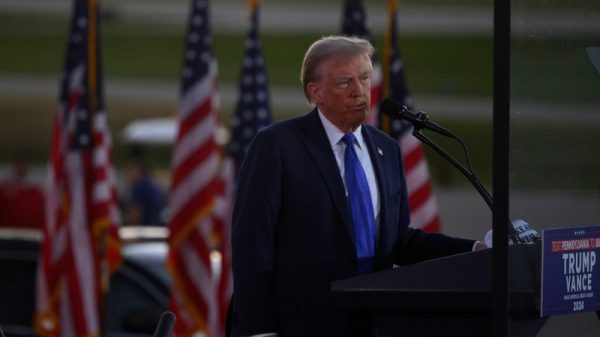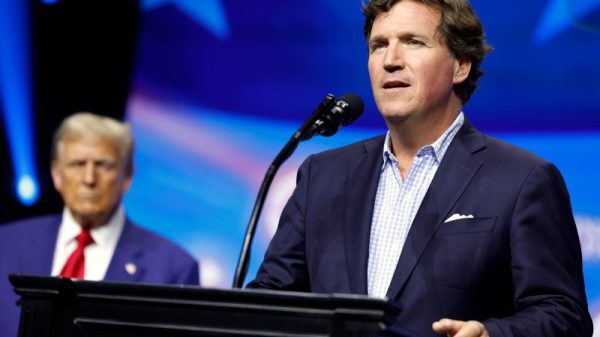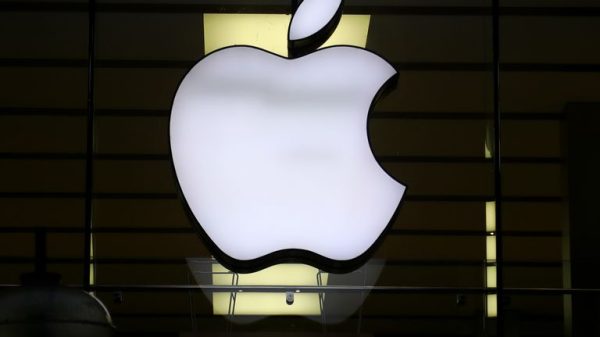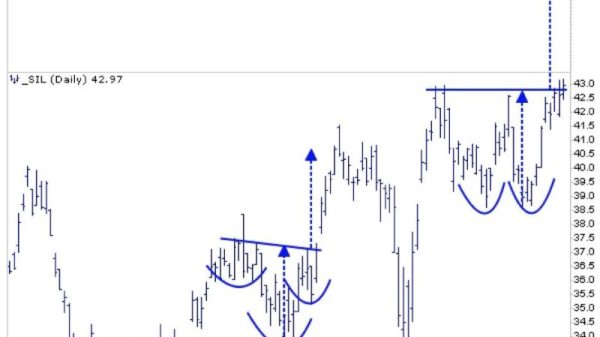Romina Boccia and Ivane Nachkebia
Social Security has been in the news lately—but for the wrong reasons. The Department of Government Efficiency’s (DOGE) efforts to investigate an exaggerated fraud problem and subsequent legal battles have brought the program into the spotlight. But this coverage is missing the elephant in the room: Social Security is hurtling toward a benefit cliff, not just because of demographics, but because of a fundamentally flawed, self-defeating program design.
Last fall, I published The Social Security Trust Fund Myth, a paper examining the program’s deteriorating financial outlook and challenging a widespread misconception: that Social Security operates as a savings program and its trust fund holds real financial assets set aside for future retirees. In truth, Social Security is a pay-as-you-go income transfer program, where current workers fund current retiree benefits, and the so-called “trust fund” is just an accounting fiction made up of government IOUs.
Today, we’ve released a new visual feature that brings the paper’s key insights to life through engaging, interactive graphics. It demonstrates how Social Security’s cash-flow shortfalls—though covered by its trust fund reserves on paper—have still resulted in trillions in new government borrowing since the “reserves” consist of Treasury IOUs that are repaid with additional debt.
Imagine a child who puts earnings from mowing lawns in a piggy bank, saving for a new bike, for example. However, the parents take the money out of the piggy bank, spend it on household expenses, and write IOU notes in exchange. When the time comes to buy the new bike, there’s no money—just those IOUs. And just as those IOUs won’t buy a new bike, the Social Security trust fund reserves won’t pay future retiree benefits.
The feature also illustrates the demographic challenges confronting Social Security. A population pyramid highlights the root cause of the program’s financial problems: demographic pressures that have steadily reduced the worker-to-beneficiary ratio—a critical metric in Social Security’s Ponzi-like structure. This ratio, which shows how many workers are paying for the benefits of a single retiree, has fallen from 5.3 in 1960 to 3.2 in 2023, driven by rising life expectancy and declining fertility rates.
Another chart explains why transitioning to private accounts would accelerate a debt crisis. Diverting half of payroll tax revenues to private accounts would increase the program’s 30-year shortfall by $50 trillion, from $30.6 trillion to $82.6 trillion. This creates a double payment problem, where younger generations get stuck with financing unfunded promises made to previous generations while also being asked to fund their own future benefits. We conclude by outlining reforms that would reduce program costs and uphold the program’s original goal of keeping seniors out of poverty.
If you’re looking for a clear, visual explanation of why it’s misleading when people cite the trust fund reserves as evidence that Social Security is financially sound, this new resource is for you.
Special thanks to Meghan Behnke, the Cato Institute’s digital producer, and Andrew Joynton from Cato’s data visualization team, as well as all our Cato colleagues who contributed to this project. We are also grateful to the Manhattan Institute’s Jessica Riedl, whose X post on the fiscal costs of transitioning to private accounts inspired the related feature in the visual.
Below is a list of relevant resources that provide additional context for the visual feature for those eager to dive deeper.
- Economic Growth Won’t Save Social Security: New Paper Release: “The program’s rising costs are baked into its structure, with benefits automatically increasing alongside higher wages and inflation. With fewer workers supporting more retirees, there’s no realistic path to balance without confronting the program’s flawed design.”
- Debt Digest | Social Security Isn’t Rife With Fraud—But It’s a (Legal) Ponzi Scheme: “[U]nlike Ponzi’s fraud, Social Security’s challenges are legal and transparent and rooted in poor program design, economics, and demographic realities.”
- Time to Face the Facts about Social Security: “Waiting until the so-called trust fund runs out in nine years will only lead to more drastic adjustments, threatening the financial security of both retirees and workers.”
- 5 Reasons Why Social Security Is an Income Transfer Program, and Not an ‘Earned Benefit’: “Instead of making it possible to fund benefits when payroll taxes fall short in any given year, these IOUs allow Social Security to call on Treasury to provide it with additional money, which Treasury usually does by selling additional public debt.”
- The Social Security Trust Fund and Other Fictions: Discussing the Social Security trust fund gimmick with Caleb O. Brown at Cato Daily Podcast.
- Romina Boccia discusses DOGE and Social Security on WJIM’s The Steve Gruber Show: Explaining that the core issue with Social Security isn’t overpayments or fraud, but rather overpromised benefits that outpace payroll tax revenues.
































